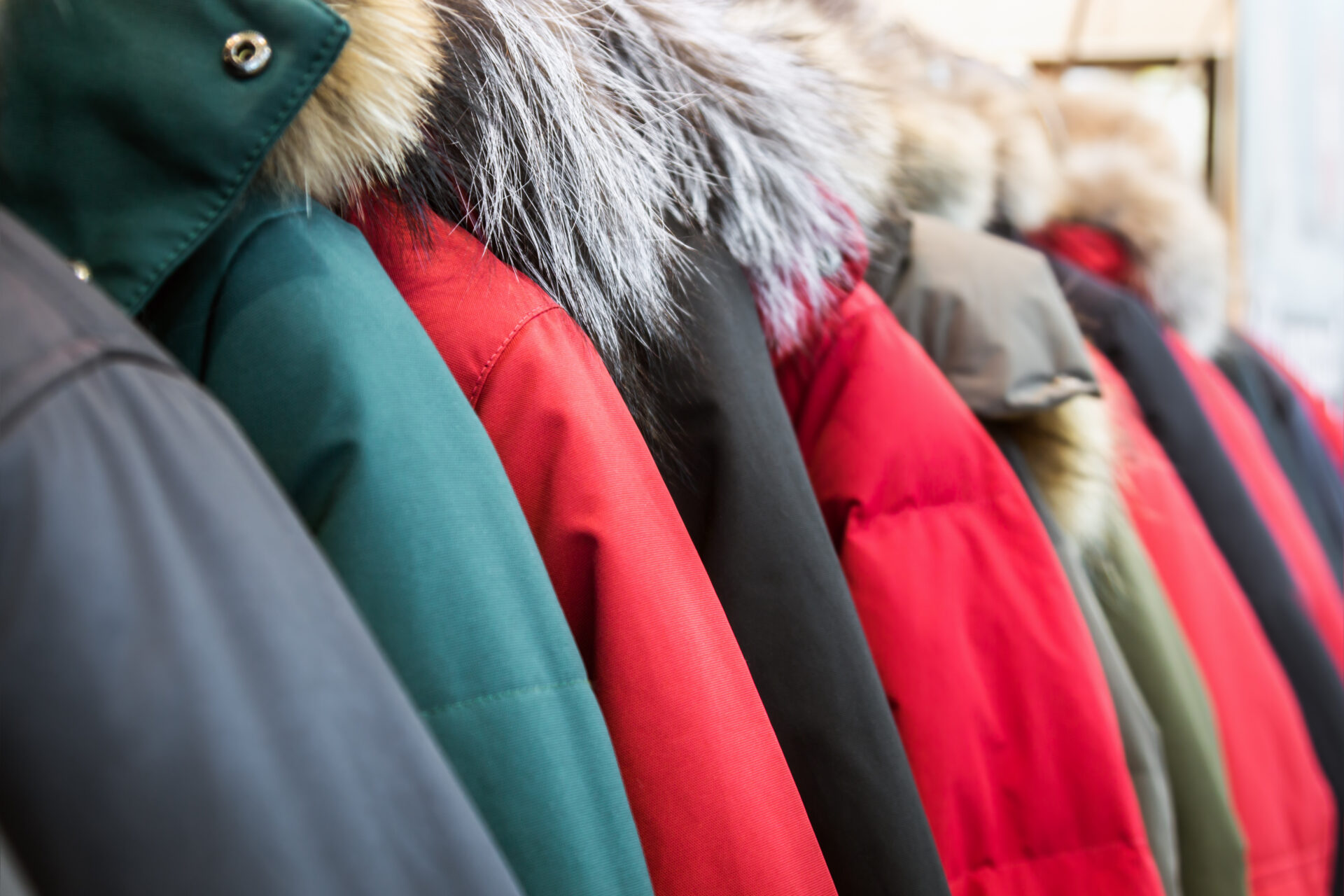In the UK, winter is surprisingly the shortest season of the year. However, the cold weather can have the most impact on our health and well-being, including our hands. Many structures in our hands and wrists can be affected by cold temperatures, including our muscles, tendons, ligaments, and joints.
Whilst spring is fast approaching, it is still vital to keep our hands warm to protect them from harm. This blog will discuss some tips on keeping your hands warm and healthy.
Wearing thick clothing in winter
Dressing appropriately for winter is one of the key factors in staying warm. In the UK, it’s not uncommon for temperatures to drop below 0°C, and with this comes many more health risks. With colder temperatures, hospitals see more admissions for heart and respiratory-related conditions due to hypothermia, but also from trips and falls caused by snow and ice.
Investing in high-quality clothing, not only for your body and feet but also for your hands, can make a difference in managing the cold weather. Wear gloves to protect your hands from the cold, and appropriate footwear in icy conditions.
Keeping your core warm in cold temperatures
Protecting your core in cold weather can help keep your hands warm too. When our bodies experience cold temperatures, our brains instinctively fight to prioritise our internal organs by reducing blood flow to our extremities, including our hands and feet. By dressing warm, we can increase the blood flow to our hands and help to maintain our internal body temperature. Layer up with a base layer of clothing, followed by an insulating layer and outer layers to keep your body heat in.
Staying active during winter
One of the most effective ways to raise our body’s temperature is to exercise. Physical activity helps with our circulation, pumping more blood to our muscles and reducing the negative effects of cold temperatures. When you are out and about in the cold weather, try walking that bit quicker and keep your hands and wrists moving through wiggling your fingers, or clenching and releasing your fists.
Also, it is important to remember that if participating in physical activity during cold temperatures, a thorough warm-up is essential for preparing your body for exercise and reducing the risk of injury such as a strained muscle or ligament injury.
Effects of smoking and caffeine in cold weather
The effects of smoking, in particular the effects of nicotine, are known to impact the blood flow around your body. Nicotine causes your blood vessels to constrict, ultimately limiting the blood flow to your internal organs and outer extremities. Reduced blood flow means your muscles, ligaments, and tendons receive less oxygen and nutrients needed to function, causing your heart to work harder to supplement the loss. Over time, the effects of nicotine can cause long-lasting damage to your blood vessels, making them more stiff and less elastic. Caffeine has a similar effect on our blood vessels in that it causes them to constrict, reducing our blood flow and putting more pressure on our heart to supply blood around the body.
Combining smoking and caffeine consumption with cold temperatures may negatively impact our blood flow through decreased circulation and higher heart rate.
Limiting caffeine intake and cutting back on smoking can promote better circulation and keep our hands protected from the cold.
Healthy eating during winter
Maintaining a healthy, balanced diet during the winter months is essential for our heart’s health. Eating healthy fats, foods high in fibre, and fruit and vegetables are all important for improving our blood flow and cardiovascular health, particularly during winter. Root vegetables, citrus fruits, whole grains, and nuts are all essential foods for improving the body’s blood flow, ultimately keeping our hands warm and healthy.
Massaging your hands
One of the easiest ways you can keep your hands warm is to simply move them. Massaging your hands helps promote blood flow, whilst also keeping your skin moisturised through using oils or creams; an essential for the colder months when your skin can dry out.
Hand warmers are also excellent for use in the cold as a quick fix to warm your hands up. However, take caution with attempting to warm your hands up too quickly as you may experience shock or even pain from the sudden temperature change. Try first warming your hands under your armpits or between your thighs to get them up to body temperature.
The effects of cold weather on arthritis
For those suffering from arthritis, whether wrist arthritis, finger arthritis, or thumb arthritis, the cold weather can often make arthritic symptoms worse. This is due to the synovial fluid between our joints becoming thicker and not allowing as much movement at the joint, resulting in stiffness. Cold weather can also promote aches and pains, particularly for those with arthritis who may already experience joint pain in their everyday life.
If the cold weather is affecting your arthritis, you must follow the tips above to maintain good circulation and movement to prevent your joints from seizing up and becoming more painful.
The effects of cold weather on your hands can negatively affect your day-to-day life in the winter months. Preventing cold-related injuries, or pre-existing conditions from worsening is essential for the winter seasons. Wear plenty of warm clothing, keep your joints moving where possible, and maintain a healthy, balanced diet to reduce the impact of cold weather on your body.
If you have sustained or worsened a hand or wrist injury as a result of the cold weather, Ladan Hajipour can help you with expert advice and treatment options. Book an appointment today at https://ladanhajipour.com/book-appointment/ to receive the help and care you deserve.





